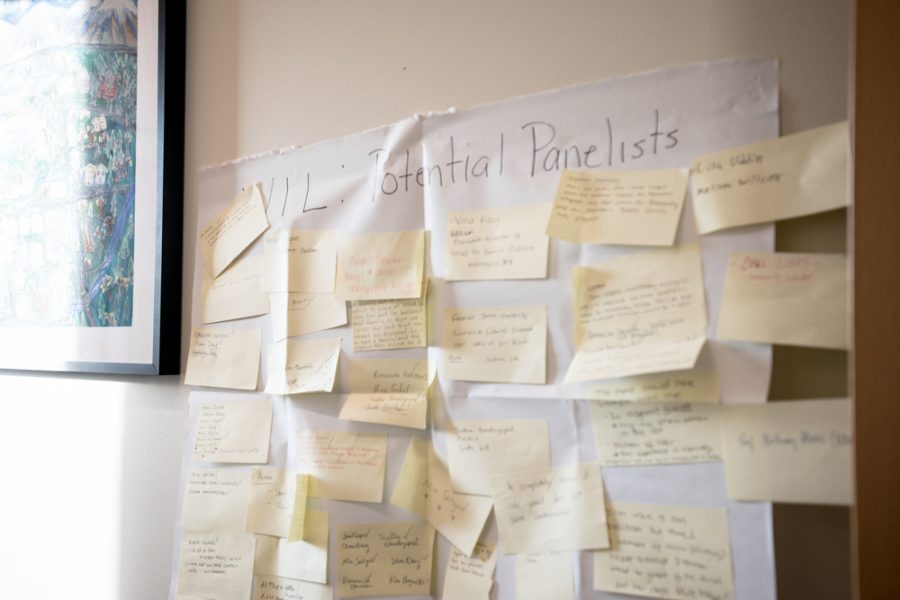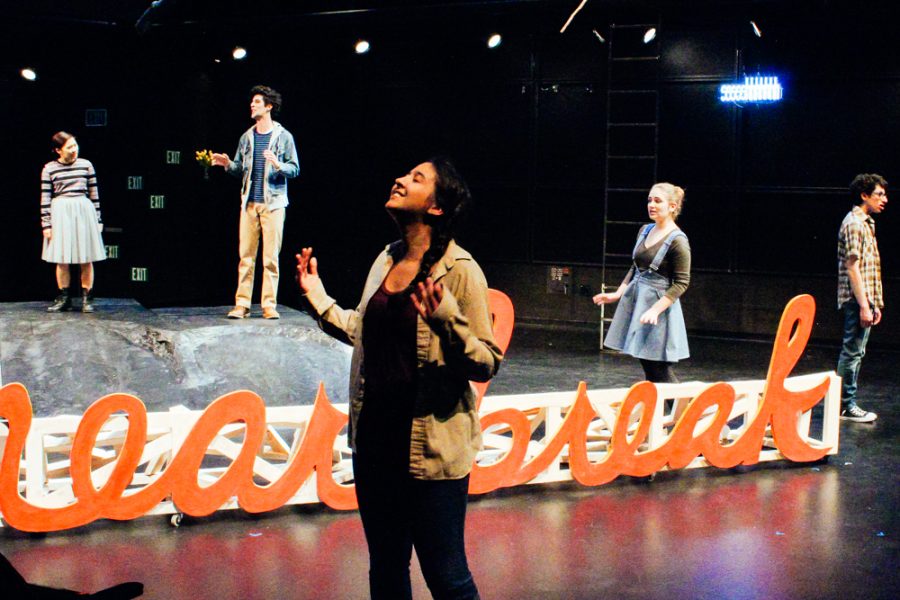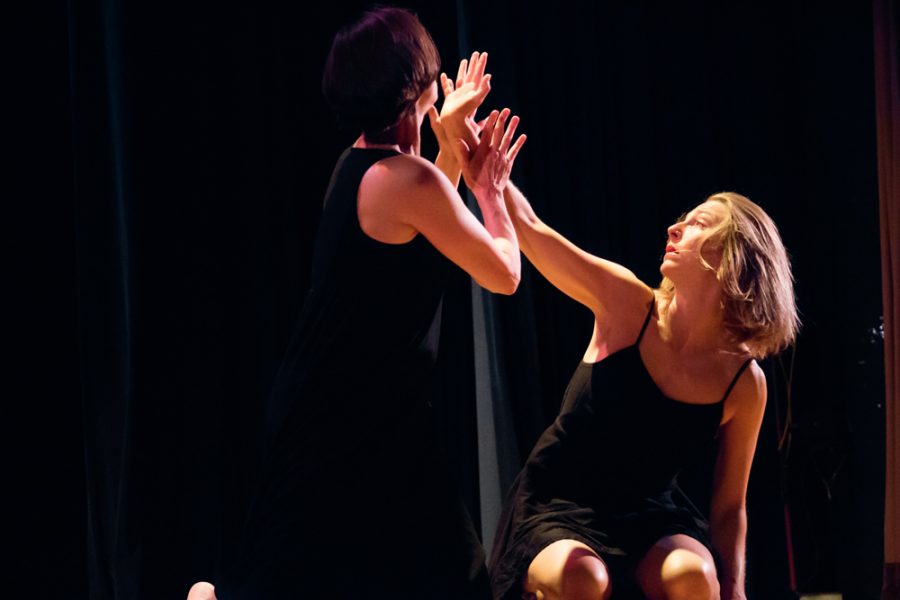Students, faculty and community members packed Olin Hall 130 to hear historian Samuel Moyn describe what he believed to be the origin of human rights. Moyn, a professor of history at Columbia University, provided historical context for the progression of our definition of rights, which is a definition he considers malleable.
His thesis argued that our modern conception of human rights is an important shift from other definitions we have seen in history.
“While they seem an incredibly familiar idea, they’re new. We need to focus not on any of the earlier history, but on this moment when the idea took off,” he said.
This idea about rights “took off” during the French and American revolutions in the late 18th century. Those involved with both of these movements used the term “rights of man,” a change in language that points to the change in meaning it entails, he argued.
“My suggestion is, the idea has changed. It wasn’t just a change in language, because the meanings and the political implication of the idea changed,” said Moyn.
He stated that the political implication was different because of the motivations for the promotion of rights.
“This older idea embraced violence if necessary, and the central goal was to construct the nation-state, not to contain or support it. In our day, human rights are linked to the subordination of sovereignty. Their goal was statehood, nationhood,” he said.
He presented a graphic chronicling the mention of the term “human rights” in the public record since the year 1700. A spike occurred first in the 1940s, then more dramatically in the 1970s. According to Moyn, our idea of personal rights and statehood have evolved in relation to historical events surrounding us.
“World War II led to the discovery and adoption of sovereignty,” he said. This discovery contributed to the development of our modern conception of what human rights mean.
He used the Universal Declaration of Human Rights, a United Nations declaration implemented in 1948, as evidence for this point that our current idea of human rights evolved to focus on the rights of others we see as persecuted. In this case, the declaration was created in part because of the atrocities of the Holocaust.
“The outcome of World War II was not to mourn victims, but to dream of a new state for ourselves,” he said.
In the 1970s and ‘80s a new form of human rights emerged, one that most people are more familiar with. This consciousness made it possible for Americans specifically to continue to think about unnecessary discrimination in the world.
“No longer did it mean our citizenship and our welfare, but other people’s atrocities,” said Moyn.
His talk allowed students to better conceptualize how our notion of human rights evolved to be what it is today.
“I did some of my senior thesis about some human rights, so it was really informative and in some ways clarified some of the questions I’ve been continuing to have and raised other ones,” said senior Ethan Robertson.
In one of the last questions posed at the end of the talk, Moyn responded by reinforcing that our idea of human rights could keep changing with time.
“The idea of human rights is very malleable. History can be a powerful tool to examine ourselves.”








